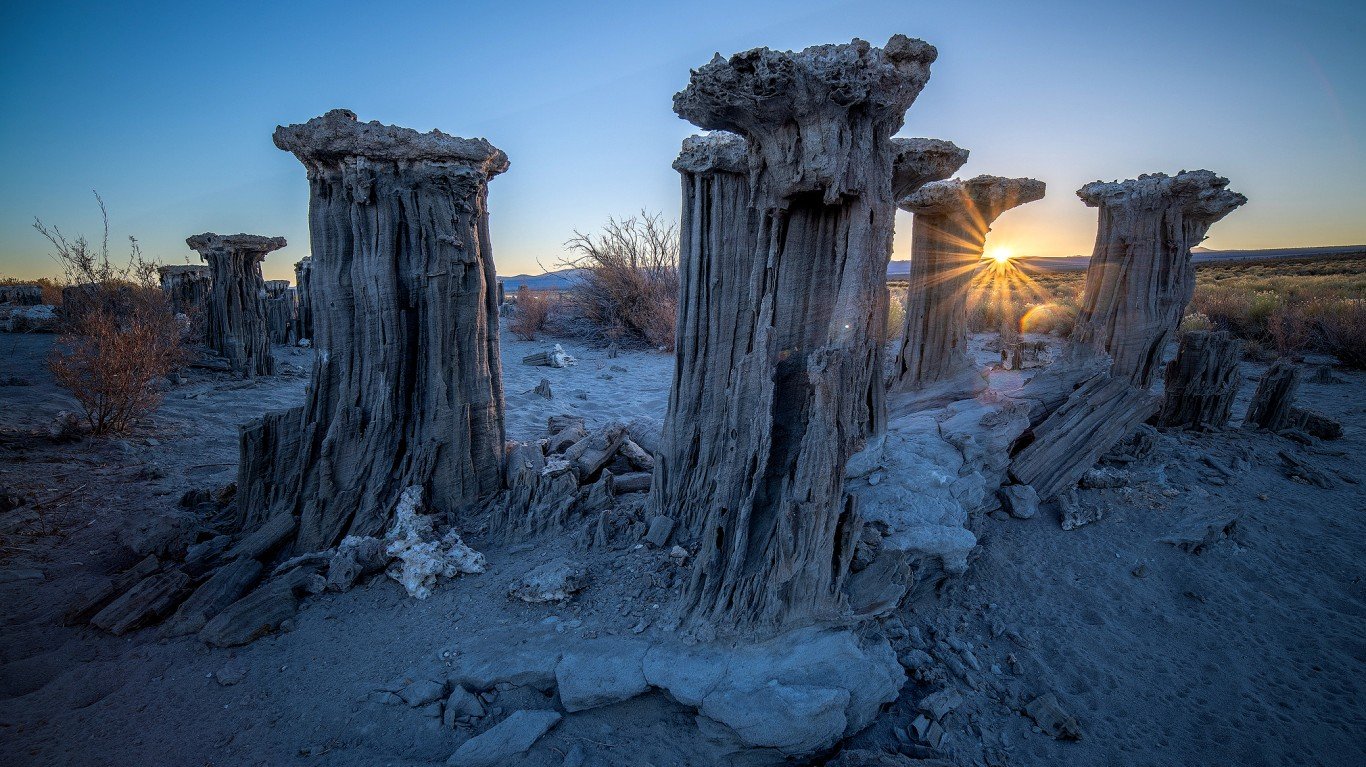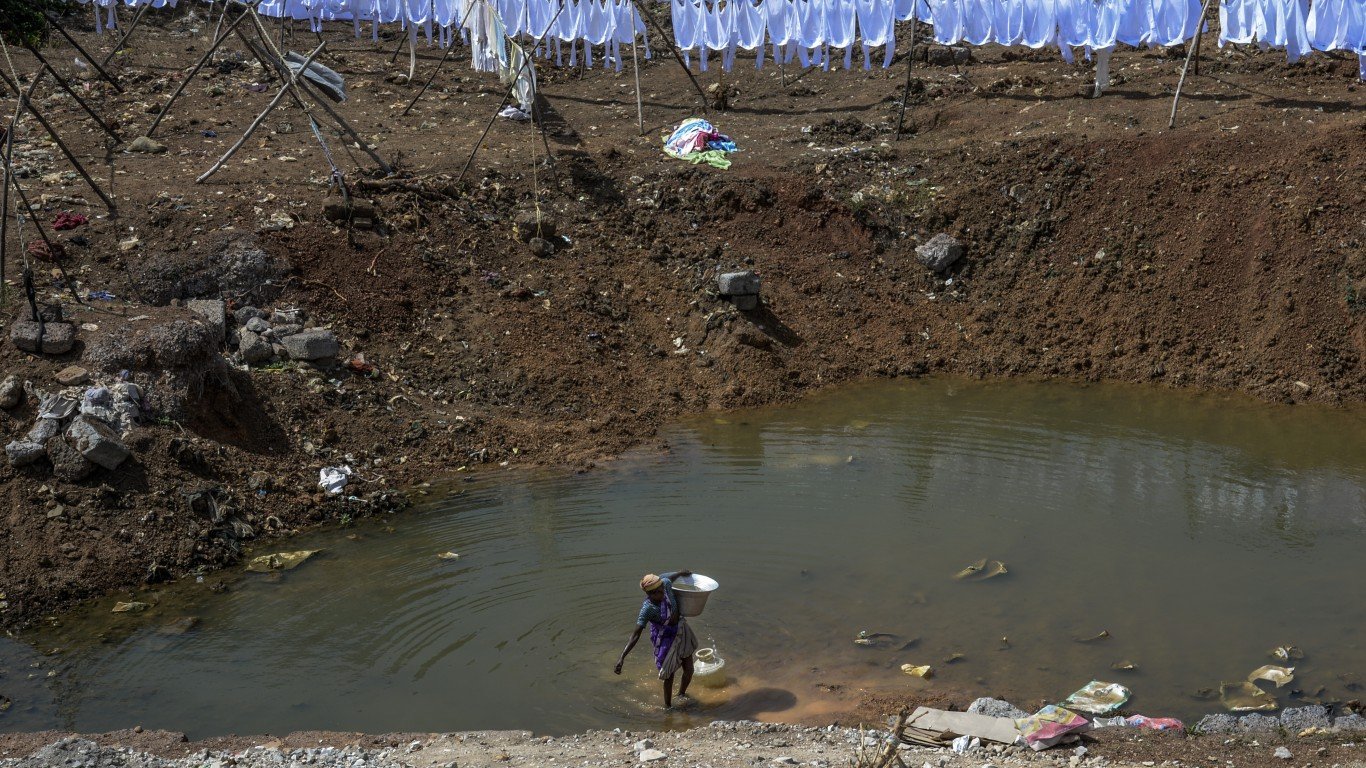
Lake Puzhal, India
Lake Puzhal, a rain-fed reservoir near Chennai, India’s sixth largest city, is losing water at a rapid rate. The monsoon rains that feed the lake have been unreliable since 2017. A satellite image showed a dramatic drop in water from 2018 to 2019. This has led to tension in Chennai, a city of 10 million people. Tarun Gopalakrishnan, a climate change expert at the New Delhi-based Centre for Science and Environment, said the crisis in Chennai is the result of “a toxic mix of bad governance and climate change.”
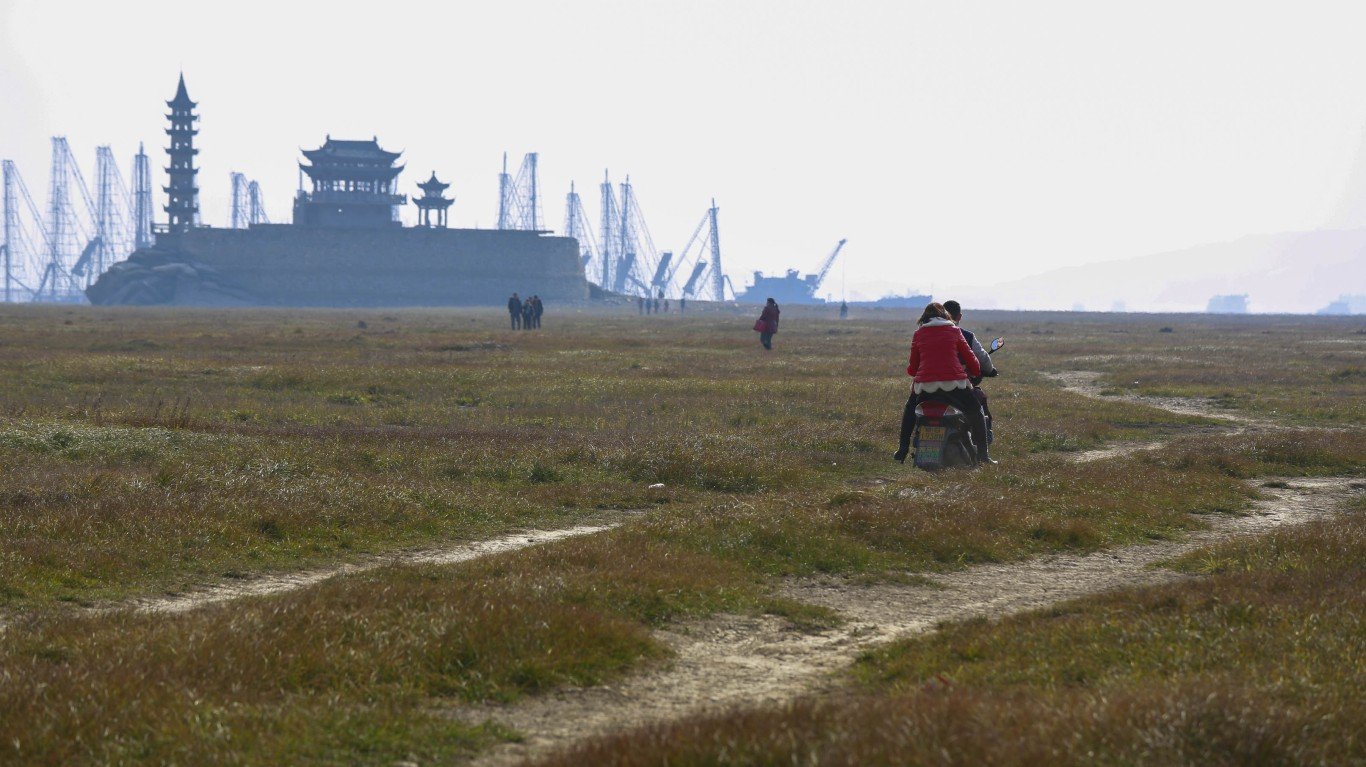
Poyang Lake, China
Poyang Lake is the largest freshwater lake in China. Drought, sand quarrying, and the impact of the massive Three Gorges Dam are responsible for the shrinking of the lake’s surface area. In 2022, a heat wave and drought across much of the Yangtze River Basin pushed water levels to their lowest in decades. This February, the water level dropped to about 23 feet, one of the lowest levels ever recorded. The impact of the diminished lake has disrupted irrigation, shipping, and drinking water systems.
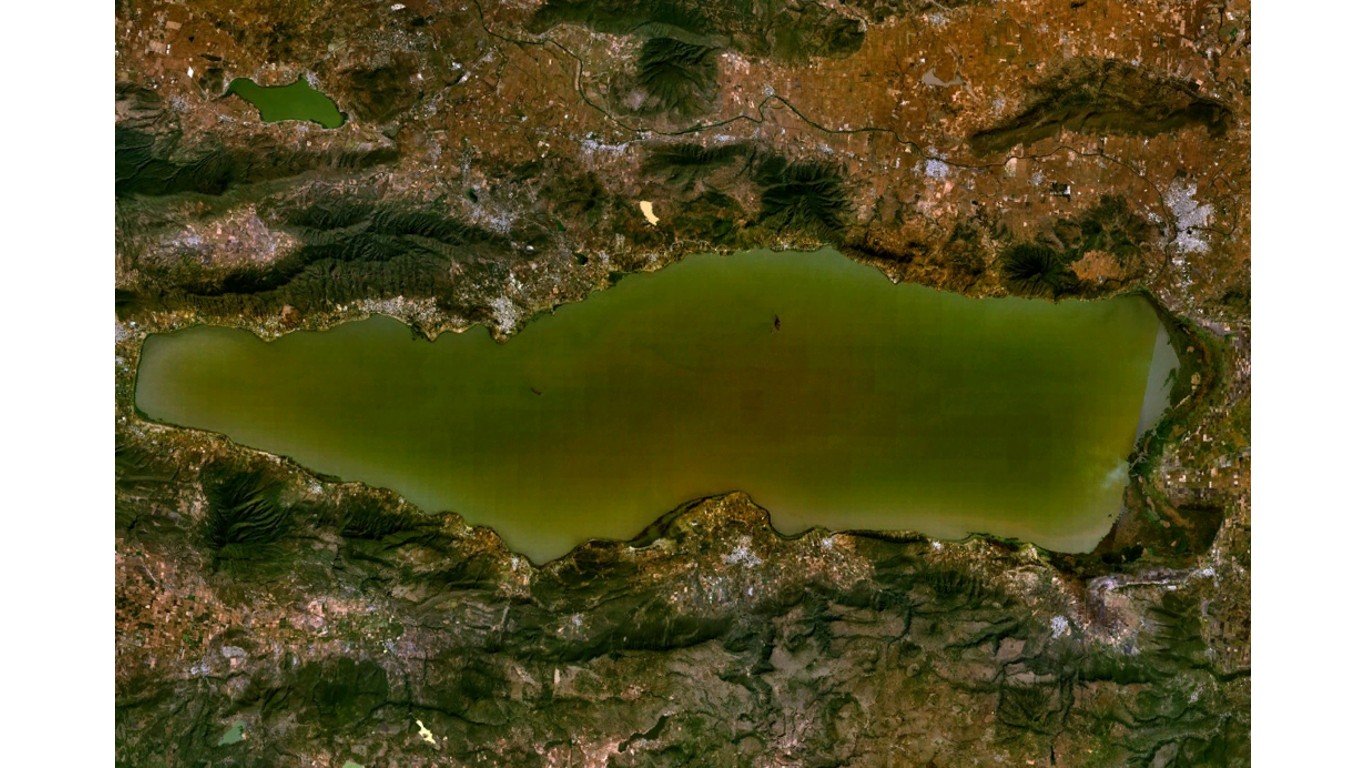
Lake Chapala, Mexico
The level of Lake Chapala, Mexico’s largest freshwater lake, has dropped to record lows since 1979, to the point that it is now only half full, with an average depth of about nine feet. A surge in sedimentation from the Lerma River, Lake Chapala’s major source, has raised water temperature, increasing evaporation. The depth of the lake – which plays a key role in the economy and ecosystem of the region – has also been decreasing because of greater water for irrigation and industrial needs (about 20 million people live in the vicinity).
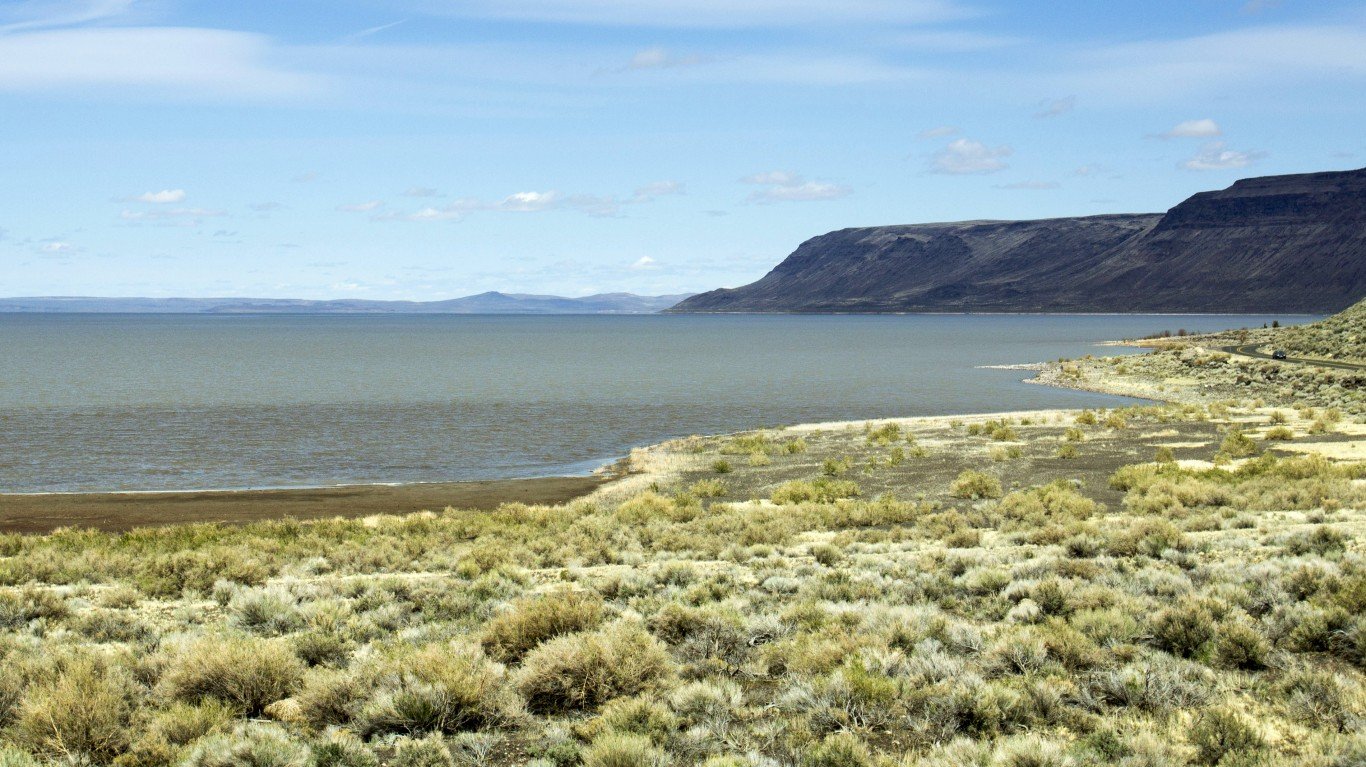
Lake Abert, Oregon
Lake Abert, a shallow, salty lake in southern Oregon, has long been a stopover for birds migrating from Alaska and Canada to California, Mexico, and South America who fed on its alkali flies and brine shrimp. But the lake nearly dried up four times since 2014 because of water withdrawals and dry weather. That caused the salinity level in the already saline lake to spike to levels that were too high even for the flies and shrimp.
Mono Lake, California
Beginning in 1941, water from the streams emptying into the lake was diverted by the city of Los Angeles. Over the next 40 years, Mono Lake’s level dropped by 45 vertical feet, it lost half its volume, and it doubled in salinity. This impact has threatened the survival of the California gull population and damaged air quality with toxic dust storms. As of Aug. 1, Mono Lake was 9.1 feet below the management level.
